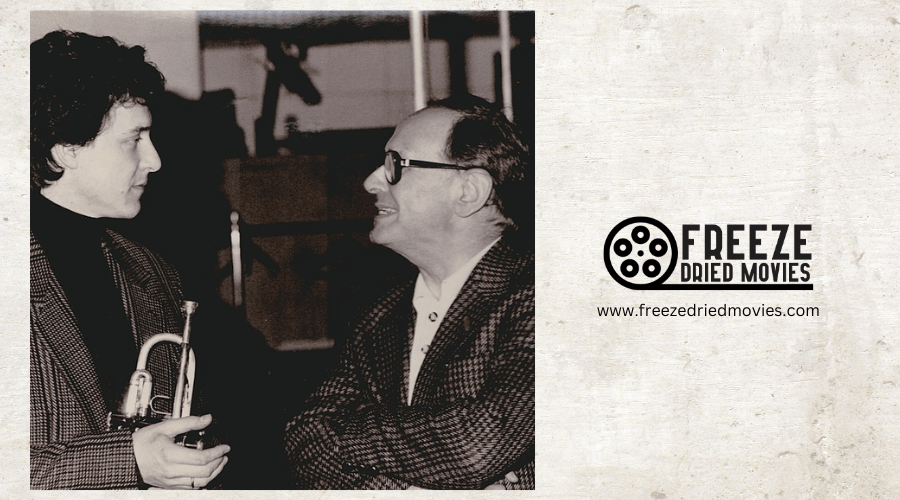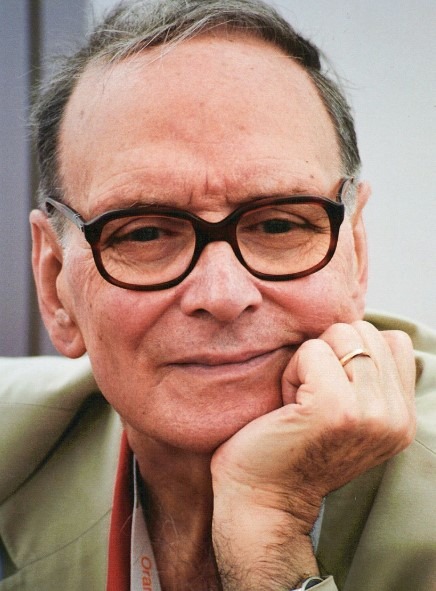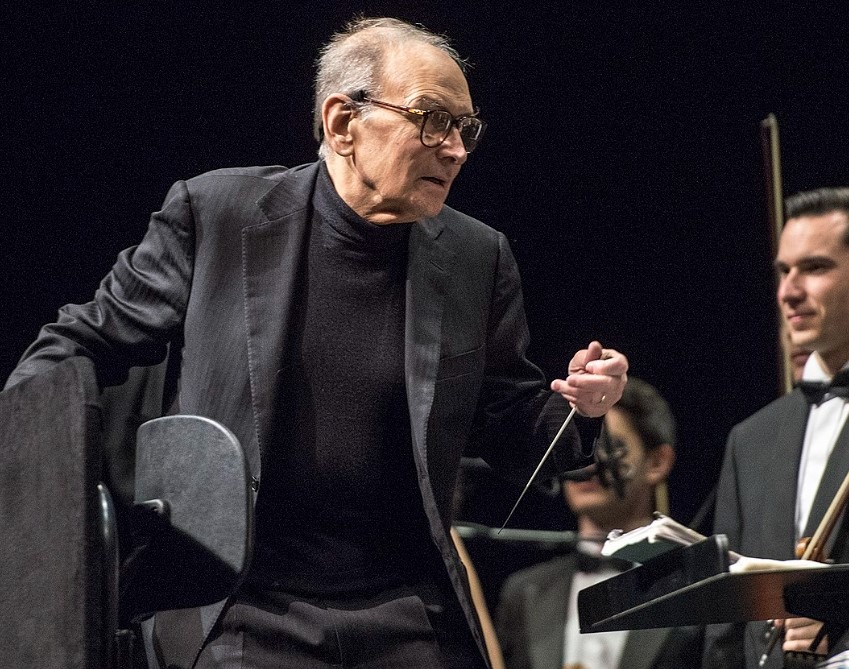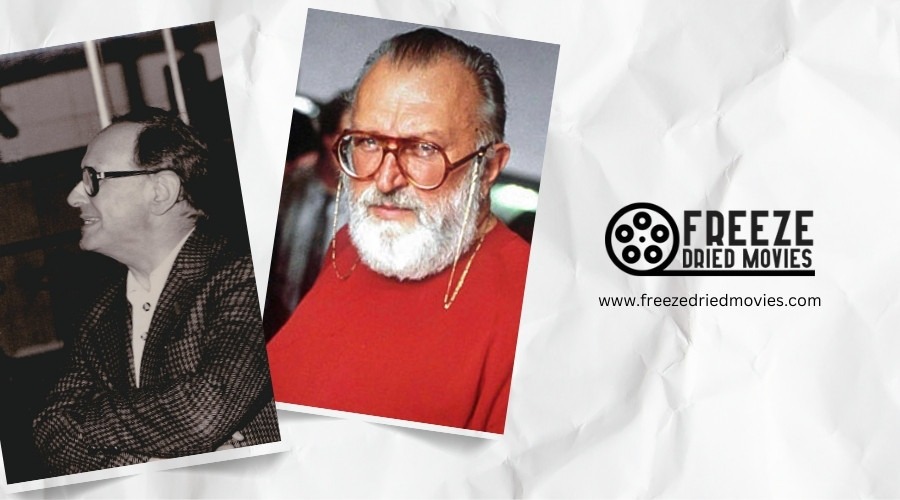How Iconic Scores Enhance Drama in Spaghetti Western Films

You've likely noticed how a single harmonic whistle or twangy guitar riff instantly conjures images of dusty frontier towns and tense showdowns. That's the magic of Spaghetti Western scores—they don't just accompany the action; they become characters themselves. When Morricone's sparse notes echo across Leone's extreme close-ups, you're no longer just watching a film. You're experiencing a complete sensory immersion where every musical cue signals danger, reveals intentions, or builds unbearable tension before the inevitable gunshots break the silence.
The Birth of Spaghetti Western Soundscapes
Few musical revolutions in cinema have been as distinctive as the spaghetti western soundscapes that emerged in the 1960s. When Italian director Sergio Leone partnered with composer Ennio Morricone, they transformed the Western genre forever.
Unlike traditional Hollywood westerns where background music merely complemented scenes, Morricone's compositions became essential storytelling elements. You'll recognize his innovative approach through unconventional sounds—hoofbeats, gunfire, whistles, yodels, and whip cracks—that created uniquely atmospheric themes.
This revolutionary style emerged when critics coined the term "spaghetti westerns" to distinguish these Italian productions from American counterparts. Morricone's scores in films like "A Fistful of Dollars" and "The Good, the Bad and the Ugly" weren't just accompaniments—they were characters themselves, establishing emotional resonance that has influenced filmmakers for generations. Similar to how the French New Wave directors employed innovative techniques to achieve authenticity and immediacy, Morricone's compositions brought a fresh, experimental approach to film music.
Ennio Morricone's Revolutionary Musical Techniques
While Morricone's name became synonymous with spaghetti westerns, it's his revolutionary musical techniques that truly transformed film scoring forever. Ennio Morricone's genius lay in how he blended orchestral compositions with unconventional instrumentation, creating sonic landscapes that were as vast and rugged as the film settings themselves.
You'll notice his minimalist themes repeat throughout films, becoming auditory shorthand for characters and situations.
- The integration of everyday sounds—gunshots, whips, and hoofbeats—directly into the music creates an immersive experience
- His use of ocarinas, jew's harps, and human whistling established a unique sonic signature instantly recognizable as "western"
- The sparse, economical use of notes in his minimalist themes creates tension that perfectly complements the visual storytelling
Much like how stop-motion animation transformed monster creation in 1950s horror cinema, Morricone's innovative approach to composition revolutionized how audiences emotionally connect with western film narratives.

Leitmotifs and Character Development Through Sound
Morricone's minimalist approach set the foundation for one of the most powerful storytelling devices in spaghetti western scores: leitmotifs. You'll notice how characters develop distinctive musical signatures that reveal their motivations and personalities before they even speak. Morricone's iconic three-note theme for The Good, The Bad and the Ugly instantly communicates each character's essence, transforming them into mythological figures rather than mere cowboys.
Unlike traditional American Western scores that relied on orchestral bombast, these central themes use unusual instruments and sparse arrangements to create psychological depth. When you hear a particular whistle or guitar pattern, you're already anticipating a character's appearance.
This innovative approach to musical character development mirrors the storytelling evolution seen in the Hays Code era, when filmmakers relied on creative subtext and suggestion to convey complex narratives. Directors continue to evoke Morricone's character-defining techniques today, proving that sometimes the most memorable character development happens not on screen, but in your ears.
The Power of Silence and Sonic Tension
Beyond the distinctive melodies and instrumentation that define spaghetti western soundtracks, you'll find an equally powerful narrative tool in what isn't heard. The strategic use of silence creates profound dramatic impact during pivotal moments.
Morricone's music exemplifies this approach, employing sparse instrumentation and long pauses to build unbearable anticipation.
During tense confrontations, the absence of sound forces you to focus on characters' expressions and subtle movements. Sonic tension develops through calculated restraint—composers withhold music to amplify emotional payoff.
The contrast between musical themes and complete silence creates a rhythmic emotional journey throughout the film. When watching these classics, notice how silence becomes as meaningful as sound—a deliberate artistic choice that elevates the storytelling and intensifies your viewing experience.
Unconventional Instruments in Western Film Scores
When silence breaks in a spaghetti western soundtrack, what fills the air often surprises even seasoned viewers. You'll hear the haunting melody of an ocarina floating across the desert landscape or sharp whistles signaling imminent danger. Ennio Morricone masterfully incorporated these unexpected elements alongside traditional orchestration to create unforgettable sonic landscapes.
The human voice becomes an instrument itself, with yodels and wordless vocals evoking frontier loneliness. Unconventional percussion instruments amplify tension—whip cracks announce a villain's presence while rhythmic hoofbeats build anticipation of approaching riders.
During live performances, musicians would even use everyday objects like cornflakes and asthma inhalers to recreate the gritty atmosphere of the Wild West. These innovative sonic choices didn't just accompany the visuals—they transported you directly into the dusty, dangerous world onscreen.

Musical Storytelling in Leone's Epic Standoffs
The heart of any great spaghetti western lies in its standoff sequences, where Leone's visual genius merges perfectly with Morricone's musical storytelling. You'll notice how the composer's minimalist approach in "The Good, the Bad and the Ugly" creates unbearable tension through distinctive two-note motifs that become character signatures. When watching these standoff scenes, you're experiencing a masterclass in restraint—Morricone strategically employs silence before gradually building instrumentation to heighten suspense.
Unconventional sounds (whistles, whip cracks, vocalizations) create a gritty, authentic western atmosphere. Character-specific musical themes telegraph emotional stakes before a single word is spoken. The interplay between Leone's extreme close-ups and Morricone's film scores transforms simple face-offs into operatic cinema.
The Global Legacy of Spaghetti Western Music
Spaghetti western film scores have branched out far beyond their cinematic origins to become a global cultural phenomenon. While rooted in Italian interpretations of the American wild west, these distinctive soundscapes have transcended Sergio Leone's films to influence modern music worldwide.
You'll find evidence of this enduring legacy in the Spaghetti Western Orchestra, whose theatrical performances have captivated audiences across Europe and North America. These classically trained musicians don't just play Morricone's iconic scores—they bring them to life through comedy, pantomime, and innovative instrumentation.
Though the film genre itself represents a relatively brief chapter in Western films history, the musical imprint has proven far more lasting than American cinema could have predicted, with Morricone's unconventional compositions continuing to inspire artists across generations and continents.
Sven-Sebastian Sajak, WP2015 EnnioMorricone FFM, CC BY-SA 4.0



